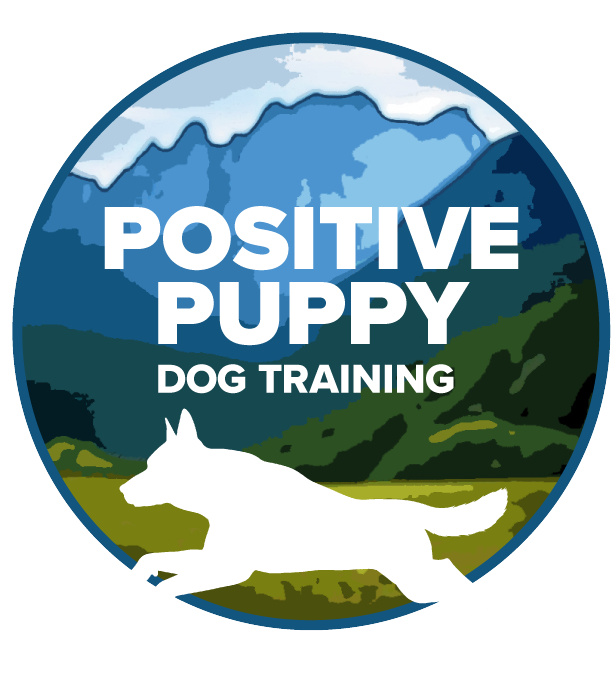The Wagging Tail
As we grow, not only in this valley, but throughout the nation of dog lovers, more and more dogs and people come in close contact with unknown dogs. Often, people that consider themselves well versed in dog behavior will interpret a wagging tail as a friendly gesture towards a person or another dog. I wish it was that easy.
The wagging tail can mean many things. Without any other pieces of body language to consider, a wagging tail basically means, “I want to engage”. Engagement however, is not always friendly. In fact, “engagement” can mean the dog wants or expects to be aggressive! Let me say that again, ENGAGEMENT can mean the dog expects or wants to be aggressive!
No dog behavior is ever cut and dried. What we think means one thing may actually have several meanings. Just like human language, we have one word that might have several meanings. What gives us the cue as to meaning is the context. For example, if I use the word “float” all by itself, you might think it means to float on the water. In fact, float can mean a feature in a parade, even a tasty dessert! It is spelled the same, sounds the same, but you have no idea what it means unless you see it in context!
This is the same with ALL dog behavior. However, the tail wag can be the most deceiving. Where the tail is held is a huge clue about its meaning. If it is a low wag, it can mean the dog is scared or even submissive. It does not mean happy in any way! If the tail is held high along with hackles all along the back of the dog, this is means almost a sure sign of aggression. A tail held at mid height while wagging with hackles across the back of the shoulder, but not along the length of the back can mean excitement.
The absolute most important thing is to look at the entire dog. Over and over I see a high wagging tail with teeth barred or a lip curl! If I am not looking at the entire dog, I won’t interpret his fully obvious language. Again, the wagging tail must be read in context of the entire dog.
A dog coming straight on towards me or another dog, even with a wagging tail is not usually friendly! A straight forward, fast or slow approach is to intimidate. A softer body, softer eye with a tail in mid height is much friendlier. The oncoming dog turning slightly to either left or right is even more respectful and a ground sniff is excellent dog talk from a dog wishing a friendly encounter.
We can do plenty to help nurture friendly encounters besides only watching the tail and shouting at another owner, “He’s friendly!!” Socialization is imperative to help cultivate respectful and appropriate behavior. Socialization IS NOT letting your dog run up to every dog at full speed! Socialization is spending time with your dog (not with your cell phone in your ear) learning what his behaviors mean and teaching him he does NOT have to visit with every dog. Socialization means teaching a dog to ignore other dogs and obey your commands. If you AND the other owner decide your dogs can play after a nice discussion and having your dog in control next to you, then let them play, but not for long. Play time with unknown dogs should be short and sweet. The longer they play, the more likely it is that one dog will offend the other and a fight ensues. Having your dog off leash is a responsibility not a right.
Work hard to read your dog’s language. It’s not easy for us humans. Most importantly, don’t expect that one dog behavior means one thing. It almost always can mean many different things. Watch and learn.

